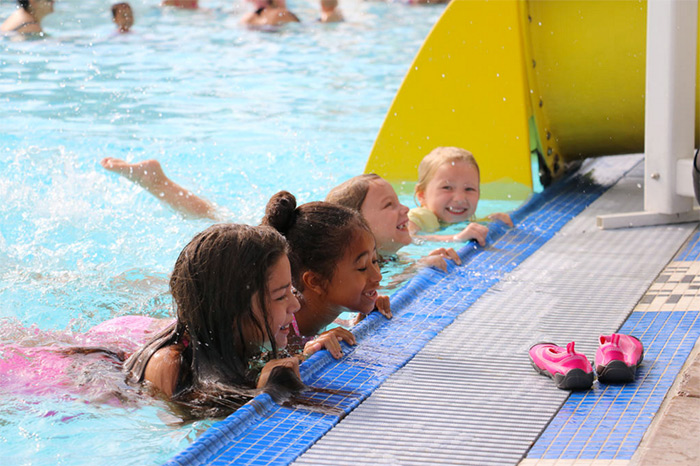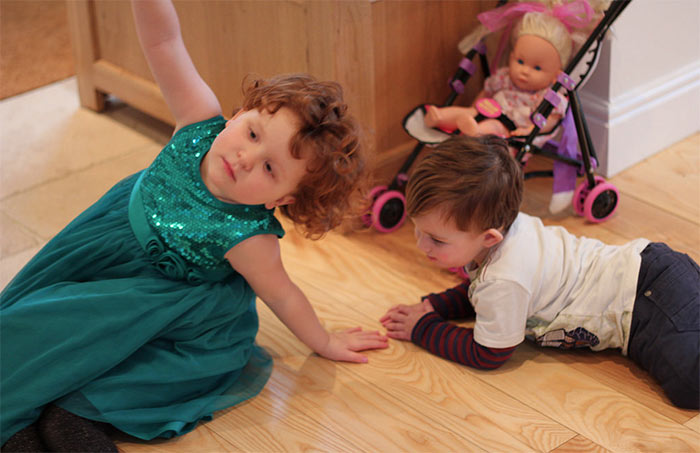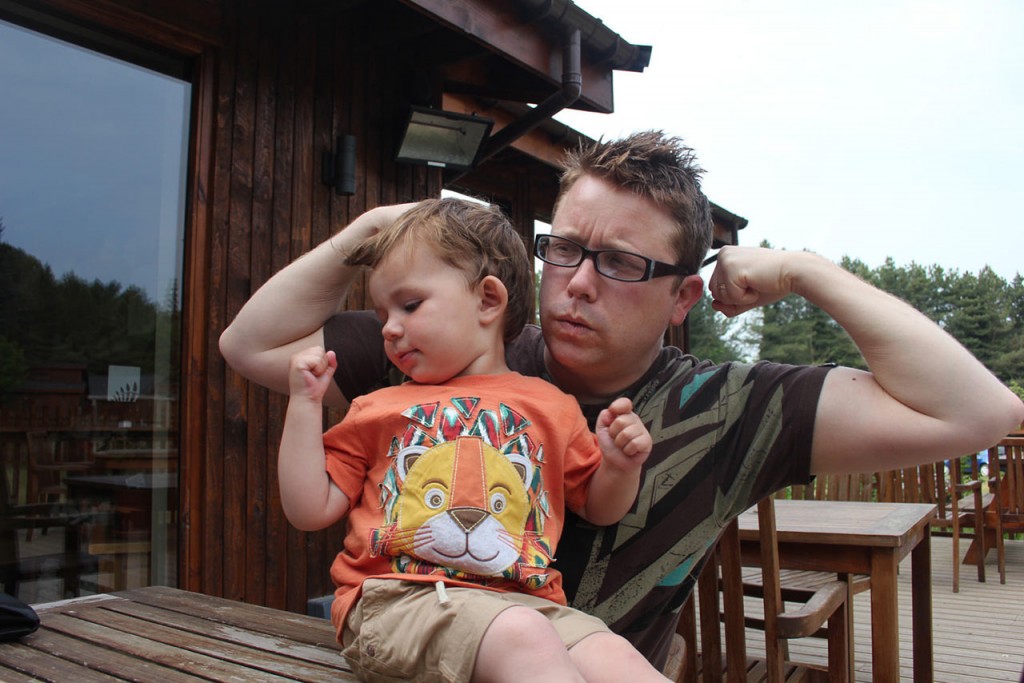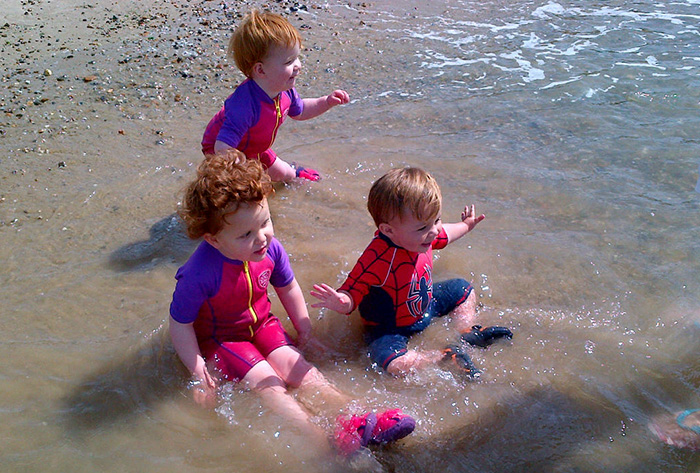13 Ways Of Getting Your Kids To Try New Things
If you are anything like our family, it can be a real struggle getting your children to try new things. It’s fine until they reach a certain age. Most toddlers, for example, will try anything as long as it involves making a mess. There’s a certain point in their lives that they retreat into their shell a little. Or, of course, start to realise they can stamp their authority on a situation.
There’s nothing wrong with this, of course. It’s all part of them learning to be an individual, and it’s great to see them with such determination. However, it can also be a monumental pain in the rear. Plus, of course, it can also lead them to miss out on some awesome things in life, as well as to become set in their ways a long time before they should.
So, the big question is – what can you do about it? Well, I’ve drawn on several years of experience and made healthy use of everyone’s favourite search engine, to come up with some ideas. Try them out and see if you can get your kids to try new things – and don’t forget to let me know how you get on!
Praise them like you should
First of all, whenever your child does something for the first time, let them know how proud you are. As adults, we have no idea of how much bravery it takes to try something new – even if it’s as simple as eating a cooked mushroom. Everything – and I mean EVERYTHING – is amplified when you are a small child, and you have to appreciate it. Being an encouraging parent is something we all think we are – but are we really? When you have had a week of hell, and the kids have been playing up, it can be tough to notice when your little one does something new. So, keep your eyes peeled – and get ready to pile on the praise.
Be aware of your actions
As all parents realise at some point, a lot of the behaviors your children pick up are all from you. For example, this will all come clear when they start to talk – and use the kind of risque language you wouldn’t expect from a toddler. But it isn’t just words they pick up on – it’s actions, too. If you are shy when talking to other people, they might start to behave in the same way. If you show fear before going down a slide, they might feel it’s okay to do that, too. Try not to compare them to siblings or other children, either. You could end up reinforcing their fears – or exacerbating them.
Be brave
Following on from that, how about confronting some of your fears? If they see you doing it, it will encourage them to do the same. To an extent, as soon as you are a parent, tackling your fears is almost part of the daily routine. But, there are still things that we are unwilling to do. If you want a classic example of this, then look no further than the common house spider. If you are afraid of our arachnid friends, there’s a good chance they will be, too. So, don’t wait for your partner to get home next time. Face the spider – and show your kids you are in control.
Tiny reminders
If your child is scared of doing something they have done before, remind them how good they were. You can even use this for something completely new. For example, if they are scared of going on a horse, remind them of the time they went swimming for the first time. Try to make them understand that if they could do something even though they were scared before, there’s no reason they can’t do it again. Not only will it help them to be brave, but they will also start to draw on their experiences themselves.
Keep an adventure diary
Another neat idea is to maintain a diary of all your adventures. Jot down all the fun you have had, and highlight all the times your little one has shown a lot of bravery and tried something new. So, when they show fear in the future, you have an instant memento of all the things they have achieved. It won’t always work, of course, but it’s another valuable addition to your armoury.
Be involved
Try new things as a family, and get the kids involved right from the outset. The perfect example is when you have a fussy eater on your hands. Try creating a meal together, or growing veggies in the garden. Teach them about where your food comes from, and get them to watch you prepare it – let them lend a hand when it’s safe. Let’s say that your child has an aversion to shellfish or seafood. Make sure that they are around when you get your fresh lobster delivery, and let them help you get all the other ingredients together. Once they see all the yummy things that go with it and are involved in the cooking process, they might be more likely to eat it, too.
Allow them to express themselves
Of course, it’s one thing leading the horse to water, but it’s another entirely to dunk its head in the trough. You can’t be too pushy with your kids, or it will have a negative impact on them – and you could live to regret it. The softly-softly approach is always best, and you also need to allow them to express themselves. If they really don’t want to do something, or it upsets them, it’s a clear sign it’s a no-go area. You will need to use your judgement at times, of course. Learn when to quit – it’s when your child tells you.
Encourage creativity
On the subject of expression, creative kids tend to be more open to new things. So, it makes sense to encourage your little ones to be as creative as possible. It will open up a lot of possibilities, whether it’s through music, acting, or just using their imaginations. Too many parents are content to sit their kids down in front of the TV – and then wonder why they aren’t sociable. You have to ask yourself – do you want to raise a consumer or a creator? Head over here for our guide to getting creative with the kids.
Take baby steps
It should go without saying that you should take baby steps when going through this process. But, just in case, I thought I would underline it. Small challenges are easier to overcome and far more manageable for little hearts and minds. Give them the support they need to get started, and slowly hand over the control to them. It’s just like them learning to ride a bike.
Give them security
Young children are far more likely to do new things if they are in a safe environment. And, that’s down to you alone – nobody else. Your security will give them confidence, help them think that you listen when they need you, and they will trust you a lot more. It’s not just protection we are talking about here – it’s everything. From little hugs in the morning to feeding them their dinner at night – it all counts towards a secure environment.
Help them be more resilient
Be honest with yourself – do you sometimes let things slip for the sake of an easier ride? Most parents do at times – anything to avoid a tantrum, right! But, watch out that this doesn’t become a habit. It only takes a short time for kids to realise they have you wrapped around their little finger. And, that’s not a good thing if you want them to embrace new and exciting challenges. So, don’t allow them to do what they want all the time. Help them understand that life doesn’t always give you what they want. Teach them that it’s OK to make mistakes and that we learn through that entire process.
Give them autonomy
That said, having choices is a big thing for kids. And, with the right guidance, you’ll find that it will improve their sense of autonomy. Give them the chance to take the lead as much as possible – when it is safe to do so, of course. You could let them decide what they want for dinner a couple of times a week, for example. Or, start to let them choose between watching TV for 20 minutes or spending time with mom reading a book. Autonomy leads to more confidence – which is imperative for being able to experience new things.
Be more trustworthy
As your kids grow older, let go of the leash a little. I know it can be tough – many parents are so fearful of the modern world that they find it hard to let go at all. But, even little things like letting them walk further down the road, or turning a corner, can help them become more independent. And, if they know they have your trust, they will be a lot more comfortable with taking risks.
Hope this has helped – let me know if you have any other ideas!
Useful link: http://www.bikingexpert.com/learning-to-ride-a-bike/







